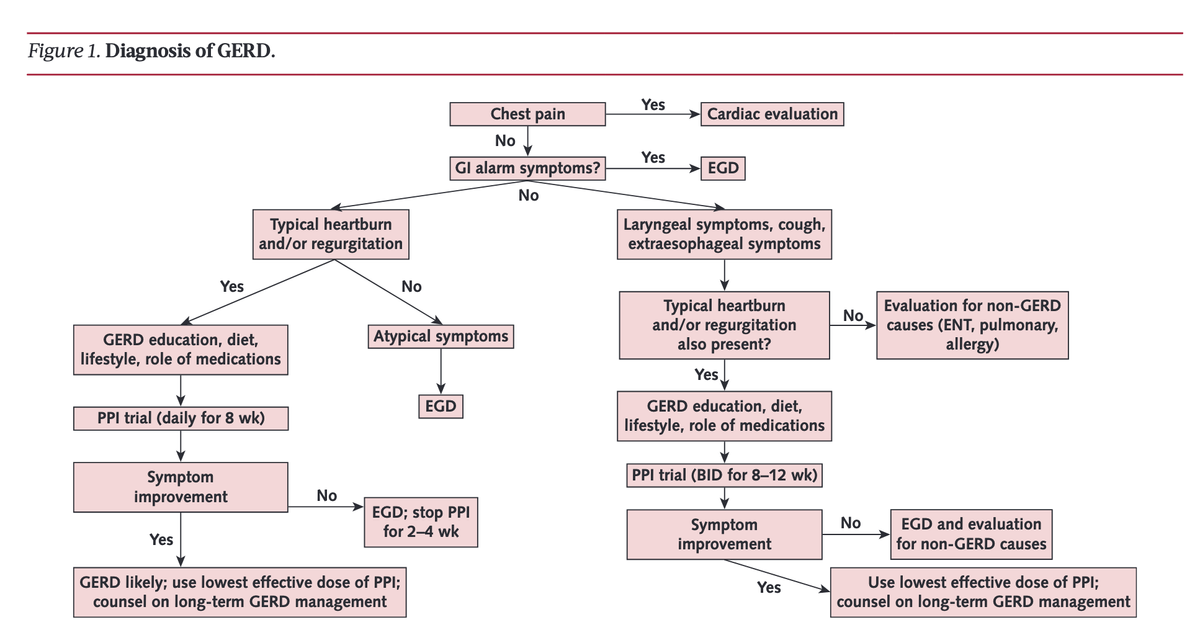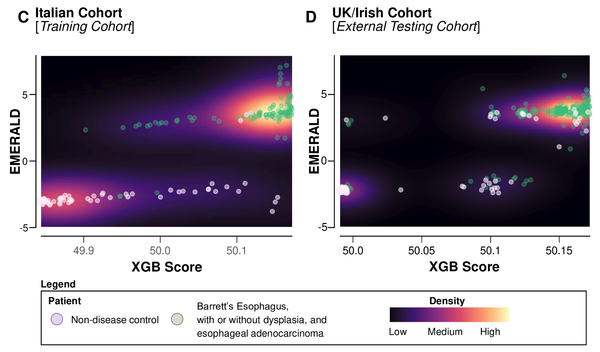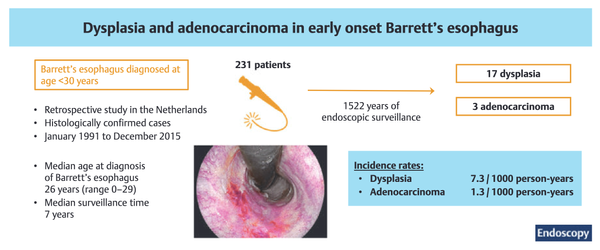Diagnosis and management of GERD

While most adults occasionally experience symptoms of gastroesophageal reflux, such as heartburn and regurgitation, approximately 20% (30 million people in the U.S.) experience these symptoms more frequently, ranging from once a week to multiple times a day. (1) Complications associated with GERD can include esophageal strictures, ulcers, and even cancer. This comprehensive review of current evidence on the diagnosis and treatment of GERD is intended for practicing physicians but also offers valuable information for individuals experiencing GERD.
- Vaughan TL, Fitzgerald RC. Precision prevention of oesophageal adenocarcinoma. Nat Rev Gastroenterol Hepatol. 2015 Apr;12(4):243-8.
Gastroesophageal Reflux Disease.
Dunbar KB.
Abstract
Gastroesophageal reflux disease (GERD) is a condition that occurs when reflux of gastric contents into the esophagus causes symptoms and/or complications. The prevalence of GERD in Western societies has been estimated at 30%, making it one of the most commonly encountered disorders in primary care. The spectrum of GERD includes typical symptoms of esophageal reflux (heartburn and/or regurgitation); esophageal injury (erosive esophagitis; stricture; Barrett esophagus; and, rarely, adenocarcinoma); and extraesophageal symptoms, such as hoarseness and chronic cough. Proper diagnosis and treatment of GERD includes symptom control, exclusion of other disorders, avoiding overuse of medications and invasive testing, and minimizing complications.




